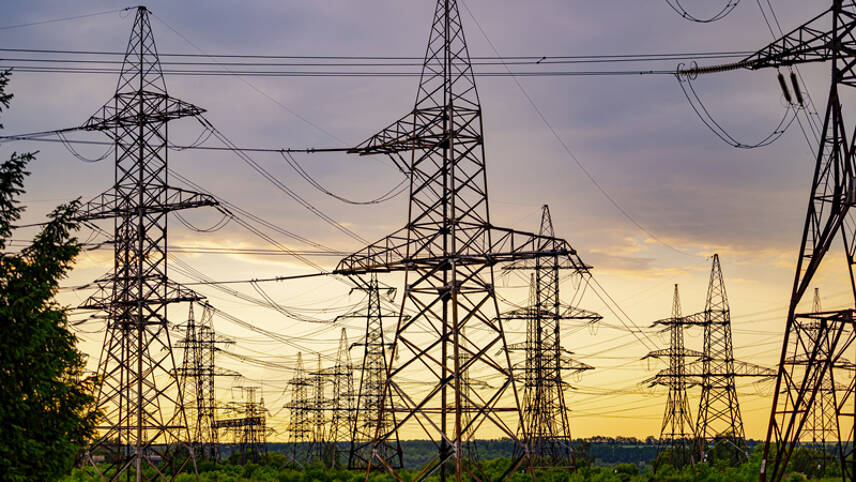Register for free and continue reading
Join our growing army of changemakers and get unlimited access to our premium content

The Association, which represents electricity and gas network operators and other key energy infrastructure player, will be running the consultation until 12 September.
In a statement, the ENA said that the UK’s growing energy flexibility markets will need further simplification and standardization to encourage “continued growth and development”, taking the markets “to full maturity”. This, it has stated, will be important to delivering a low-cost net-zero transition. As the proportion of the UK’s electricity generated from renewables continues to increase, the way in in which the nation’s energy system operates is undergoing a string of changes. Because most renewable generation is intermittent, this makes it much harder to balance supply and demand on the grid, creating a new opportunity for generators and consumers to provide flexibility as a resource to balance the system.
In 2021, a record 3.7GW of flexibility was placed on the UK’s flexibility markets and 2GW was contracted. The ENA wants views on how to increase the amount placed on the market, and the proportion contracted, while improving governance in the system.
Further rapid growth of the flexibility markets is predicted across the board. Back in 2018, UK Power Networks stated that demand for flexibility within its licence areas could reach 200MW by the end of 2023.
In its consultation documents, the ENA acknowledges that flexibility will be offered through existing, utility-scale systems by stakeholders like district network operators and the National Grid’s electricity system operator (ESO) – but also through emerging, less centralized offers like peer-to-peer energy trading and virtual power plants comprising rooftop solar and/or electric vehicles.
At this stage, individual companies will not be requested to provide a certain level of flexibility within a set timeframe. They are asked how, instead, they will interpret high-level frameworks to ensure they are delivering at least their fair share.
Also asked are questions around improving real-time flexibility procurement and certification, to help avoid some of the pitfalls currently seen in renewable energy certificates value chains, and what trials flexibility projects need to go through before commercial launch.
As well as DSOs and the ESO, the ENA is asking energy users, generators, suppliers, service providers and community energy groups to respond to its consultation. It will be hosting online workshops in the coming weeks to help explain to these organisations the likely impacts of its proposals.
Net-zero transition
The ENA’s technical lead for open networks, DE Avinash Aithal, said: “With this latest round of consultation, we’re creating more avenues for the industry to engage with us in ways that work for them. We want to hear from as many people and organisations as possible so we can continue to deliver the smart, flexible system essential to achieving net-zero at least cost.”
The UK’s Climate Change Committee (CCC) originally priced the net-zero transition through to 2050 at 1-2% of GDP. This has since been amended to 0.5-1% of GDP, accounting for falling clean technology costs. Bodies including the ENA, the Carbon Trust and International Energy Agency (IEA) have stated that scaling flexibility will be key to delivering a lower-cost transition, as flexibility helps to mitigate the need for expensive grid infrastructure and forms part of the transition from energy consumers to ‘prosumers’.


Please login or Register to leave a comment.